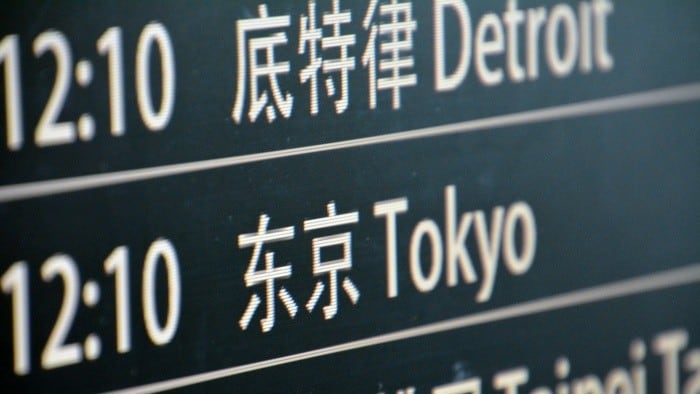Mission-minded churches are constantly finding new opportunities to make a global mark. But how can you get your church enthusiastic about reaching the world with the gospel? And can short-term missions play a part? Yes, they can.
Passing on our passion
If you want a church that’s focused on missions, you’re going to have to stir up their passion for it. This is where one- or two-week mission trips come in handy.
Short-term mission trips are passion accelerators. When people get out of their everyday lives, experience new cultures, and see God at work around the world, they can’t help but get excited-and that’s what makes short-term mission trips so potent.
Now you’re probably thinking, “We’ve done a lot of those kinds of trips and, while everyone does get fairly excited, the zeal burns off pretty fast.” This is true for many churches and ministries. So the question becomes: how can we harness that energy while it’s still red hot?
Taking a lesson from science
Think about passion as a form of heat. Scientifically, there are three ways to transfer heat, and looking at them gives us a clue for using short-term mission trips to our advantage.
Conduction
When two objects at different temperatures come into contact, the heat flows from the warmer object to the colder one (and vice versa). This effect is called conduction. An example of this is when a massage therapist uses hot stones in a back massage. He places the warmed stones on your back, and the stone’s heat is transferred into your muscles.
The downside of conduction is that as the rock is warming your stiff back, your cool flesh is simultaneously cooling the stone. Eventually the heat dissipates.
Transferring passion through mission trips
This is a good picture of how we tend to use mission trips in our churches. People get excited about missions from their 10-day trip to Mexico, and they carry that enthusiasm back into the church.
Then we try to get that heat to rub off on the congregation by having them talk about it in the service or share a PowerPoint presentation. Often the temperature of the missionaries is lowered before there’s any marked change in the congregation’s enthusiasm.
Instead of bringing a team back from a short-term mission and trying to transfer their heat to the entire congregation, you can focus more on individual impact. Heat is transferred a lot more efficiently when it’s being used to warm up a smaller surface. This means fewer church-wide presentations about missions. As an alternative, returning teams present their story in smaller classes and home-groups where people can ask questions and can get a better sense of their passion.
Convection
This more efficient way to transfer heat is found in liquid and gases. Convection happens when particles with a lot of heat energy move and take the place of particles with less heat energy. You can picture this happening with boiling water. The hot water rises and colder water moves down to replace it, causing a circular motion.
A better way to impact your church
Why not have multiple short-term trips every year where new people are cycled continuously in with seasoned mission teams. This strategy creates that convection effect where you’re producing a continuous cycle of heat transfer through individual connection instead of just trying to get everyone excited all at once.
Between trips, you maintain heat by keeping people connected to the stories of larger mission groups like the Jesus Film Project® where they can see God at work through the stories of people touched by the gospel, and by working as missionaries in their local communities.
Radiation
Sometimes you can transfer heat through empty space. This is called radiation. This type of heat transfer doesn’t require contact between the heat source and the heated object as is the case with conduction and convection. The sun warming the atmosphere is an excellent example of radiation at work.
As avid conduction and convection take place in the church, people begin having more personal “God experiences.” The heat-or spiritual ardor-they experienced no longer dissipates … instead, it becomes a source of heat, emanating from their connection to the Spirit. It’s like radiation in the sense that the congregation’s energy no longer relies entirely on proximity to other passionate people, but comes directly from their relationship with God.
That’s the ultimate goal-passion springing from love and obedience.
Using passion strategically
Ultimately, you want to use passion intentionally. Think of ways to use short-term mission enthusiasm to touch individuals instead of trying to stir up the entire congregation. Look for opportunities to cycle people in your church through some mission experiences-even if it means that you have to do a lot of fundraising to keep it going.
If you’re strategic, you’ll raise the spiritual temperature in the congregation. And in time, as they grow closer to the Lord, they won’t be reliant on the heat of others to keep them fired up.
Learn more about the variety of mission trips that Jesus Film Project has to offer, and apply these tips on impassioning your church to to your personal walk with God. We’d love to hear how short-term mission trips have changed your heart towards missions and ministry!
